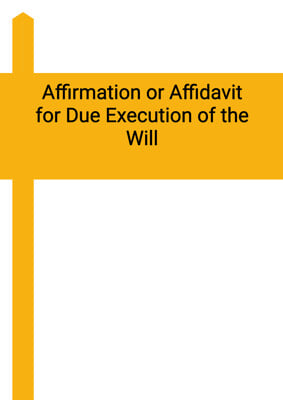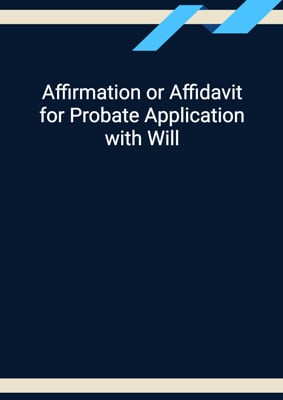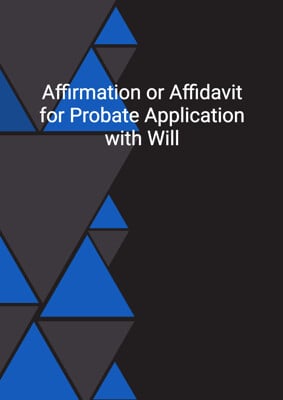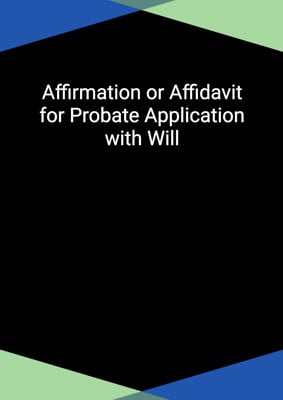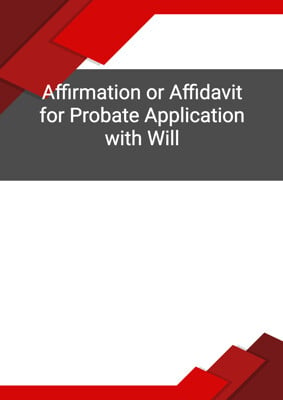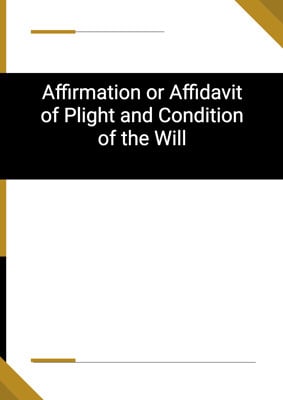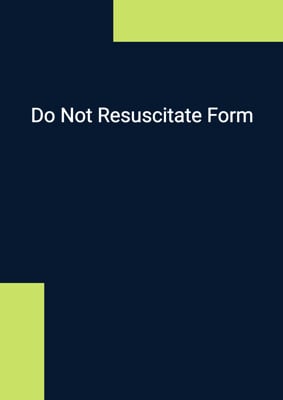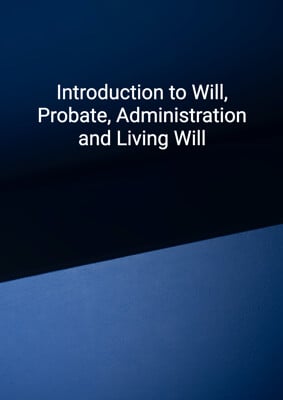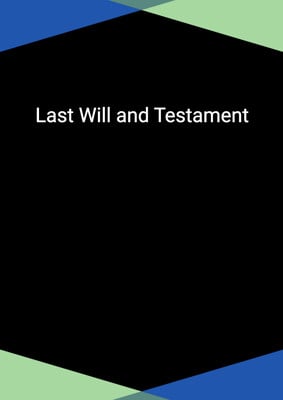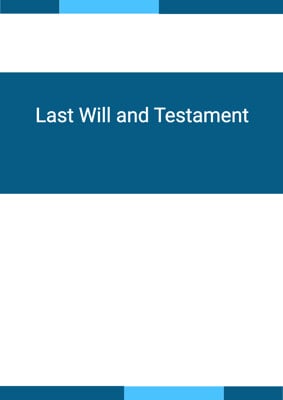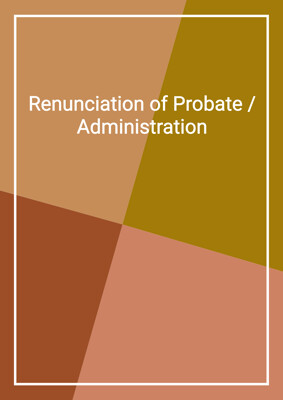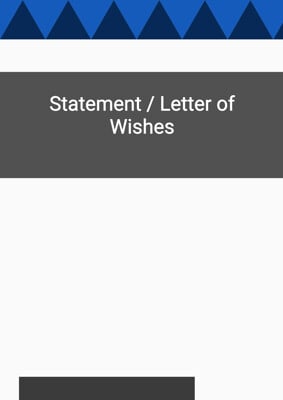How to Tailor the Document for Your Need?
01
Create Document
Click "Create Document" button and the document will be prepared with your account details automatically filled in.
02
Fill Information
Please fill in any additional information by following the step-by-step guide on the left hand side of the preview document and click the "Next" button.
03
Get Document
When you are done, click the "Get Document" button and you can download the document in Word or PDF format.
04
Review Document
Please review the document carefully and make any final modifications to ensure that the details are correct before publication / distribution.
Document Preview
Document Description
The document titled 'Statement / Letter of Wishes' is an important document that serves as a statement of wishes made by the account holder. It is addressed to the trustee of a trust and provides guidance on how the trustee should exercise their discretionary powers. The document begins with a declaration by the account holder, stating their legal capacity and acknowledging that they cannot restrict the trustee's discretion. However, they express their desire for the trustee to consider their wishes when administering their estates.
The document contains two main sections: 'Regular Distribution' and 'One-off Distribution'. In the 'Regular Distribution' section, the account holder requests the trustees to consider making regular payments to the beneficiaries for specific reasons. The account holder provides details of the beneficiaries and their relationship to the account holder. This section allows the account holder to specify the amount and frequency of the regular payments.
In the 'One-off Distribution' section, the account holder requests the trustees to consider distributing a specific event from the trust fund to the named beneficiaries. The account holder provides details of the beneficiaries and their relationship to the account holder. This section allows the account holder to specify the event and the shares in which the trust fund should be distributed.
The document also includes a provision for the distribution of the trust fund in case any of the named beneficiaries predecease the account holder. In such a scenario, the percentage of the trust fund allocated to the deceased beneficiary should be distributed equally among the remaining named beneficiaries.
The document concludes with the account holder's signature block and the current date. It explicitly states that this statement supersedes any previous letter or statement related to the account holder's will.
How to use this document?
To effectively use the 'Statement / Letter of Wishes' document, follow the steps below:
1. Understand the purpose: Familiarize yourself with the document's purpose, which is to provide guidance to the trustee regarding the account holder's wishes. Recognize that the document does not impose binding obligations but serves as a helpful reference.
2. Complete personal information: Fill in the account holder's personal information, including their full name and address. This ensures proper identification and establishes the account holder's authority.
3. Express discretionary powers: Acknowledge that the trustee has discretionary powers and cannot be restricted. Emphasize that the document aims to assist the trustee in exercising their powers.
4. Regular Distribution (if applicable): If the account holder wishes to request regular payments to beneficiaries, provide the necessary details. Specify the reasons for the regular distribution and provide information about the beneficiaries, including their names and relationships to the account holder.
5. One-off Distribution (if applicable): If the account holder wishes to request a one-time distribution for a specific event, provide the necessary details. Specify the event and the beneficiaries' names and their respective shares in the trust fund.
6. Contingency provision: Consider the possibility of a named beneficiary predeceasing the account holder. If this occurs, specify that the deceased beneficiary's share should be distributed equally among the remaining named beneficiaries.
7. Sign and date the document: Once all the relevant sections are completed, sign the document in the designated signature block. Include the current date to indicate the document's validity.
Remember, this document is not legally binding but serves as a guide for the trustee. It is essential to communicate any changes or updates to the trustee as circumstances may change over time.
Not the right document?
Don’t worry, we have thousands of documents for you to choose from:



